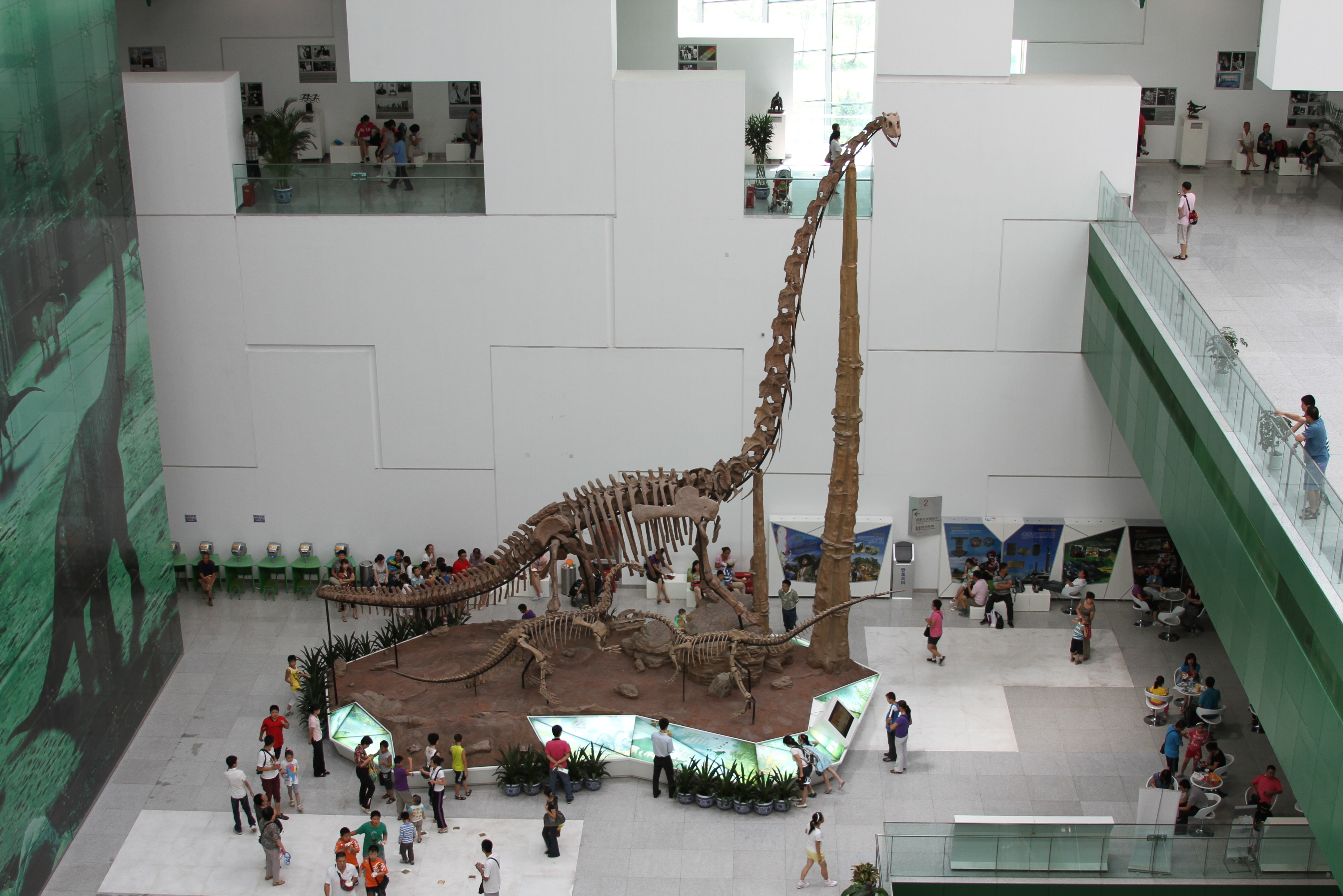On the autoimmune character of the 9/11 attacks, see Giovanna Borradori, Philosophy in a Time of Terror: Dialogues with Jürgen Habermas and Jacques Derrida (Chicago: University of Chicago Press, 2004); and Chalmers Johnson, Blowback: The Costs and Consequences of American Empire (New York: Holt, 2004).
See Yuk Hui, “On the Unhappy Consciousness of Neoreactionaries,” e-flux journal 81 (April 2017) →.
Peter Thiel, “The Straussian Moment,” in Studies in Violence, Mimesis, and Culture: Politics and Apocalypse, ed. Robert Hamerton-Kelly (East Lansing: Michigan State University Press, 2007), 207. I also cited this passage in my “On the Unhappy Consciousness of Neoreactionaries.”
See specifically Martin Heidegger, Der Satz vom Grund (Frankfurt am Main: Klostermann, 1997).
See Rémi Brague, The Wisdom of the World: The Human Experience of the Universe in Western Thought (Chicago: University of Chicago Press, 2003); and Alexandre Koyré, From the Closed World to the Infinite Universe (Baltimore: John Hopkins Press, 1957).
On this point, see the work of Isabelle Stengers, Cosmopolitics I and II (Minneapolis: University of Minnesota Press, 2010, 2011).
Immanuel Kant, “Idea for a Universal History with a Cosmopolitan Aim,” in Kant’s Idea for a Universal History with a Cosmopolitan Aim: A Critical Guide, eds. Amélie Oksenberg Rorty and James Schmidt (Cambridge: Cambridge University Press, 2009), 11. (AK 8: 18.)
See Kant’s “Idea for a Universal History with a Cosmopolitan Aim” (1784) and “Toward Perpetual Peace: A Philosophical Sketch” (1795), and in between, “Critique of Judgment” (1790), a main resource for Kant’s nonexistent political philosophy, according to Hannah Arendt. See her Lectures on Kant’s Political Philosophy (Chicago: University of Chicago Press, 1992).
See Arendt, Lectures on Kant’s Political Philosophy; and Eckart Förster, “The Hidden Plan of Nature,” in Kant’s Idea for a Universal History with a Cosmopolitan Aim: A Critical Guide, 187–99.
Arendt, Lectures on Kant’s Political Philosophy, 25.
Immanuel Kant, Critique of Judgment, trans. James Creed Meredith, ed. Nicholas Walker (Oxford: Oxford University Press, 2007), §64, 199.
Cited by Arendt, Lectures on Kant’s Political Philosophy, 53.
Concretely, Kant here is interested in the question of organization, which finds its highest potency in the organism. Kant’s conception here has to be distinguished from Spinozism (pantheism), theism, and hylozoism, which Kant explicitly rejects in §72 of the Critique of Judgment.
Immanuel Kant, Critique of Practical Reason, trans. Lewis White Beck (New York: Macmillan, 1993), 169.
Howard Caygill, “Soul and Cosmos in Kant: A Commentary on ‘Two Things Fill the Mind …,’” in Cosmopolitics and the Emergence of a Future, eds. Diane Morgan and Gary Banham (New York: Palgrave Macmillan, 2007), 213–34, 215. Caygill traces the relation between the cosmos and the moral in Kant’s analogy (e.g., beauty as a symbol of the moral) to the influence of Brown and Haller’s theory of irritability on Kant’s Opus Postumum, affirming the organicist structure found in both.
Brague, Wisdom of the World, 188–89.
Immanuel Kant, Universal Natural History and the Theory of the Heavens, ed. and trans. S. Jaki (Edinburgh: Scottish Academic Press, 1981), 164. Cited by Diana Morgan, “Introduction: Parts and Wholes—Kant, Communications, Communities and Cosmopolitics,” in Cosmopolitics and the Emergence of a Future, 8.
Kant, Critique of Practical Reason, 166. Cited by Morgan, “Introduction: Parts and Wholes,” 8.
Arendt, Lectures on Kant’s Political Philosophy, 70–72.
Immanuel Kant, Toward Perpetual Peace and Other Writings on Politics, Peace, and History, ed. Pauline Kleingeld, trans. David L. Colclasure (New Haven: Yale University Press, 2006), 88. (AK 8: 364.)
I will not be able to comment here on these different approaches to cosmopolitanism, but for a overview, see Angela Taraborrelli, Contemporary Cosmopolitanism, trans. Ian McGilvray (London: Bloomsbury, 2015).
For this intellectual trajectory, see Martin Holbraad and Morten Axel Pedersen, The Ontological Turn An Anthropological Exposition (Cambridge: Cambridge University Press, 2017).
Philippe Descola, Beyond Nature and Culture (Chicago: University of Chicago Press, 2003), 122.
Yuk Hui, The Question Concerning Technology in China: An Essay in Cosmotechnics (Falmouth: Urbanomic, 2016), §28.
Kant, Toward Perpetual Peace, 83. (AK 8: 359.)
Ibid.
On this question we will have to confront Viveiros de Castro elsewhere, since for him Amerindian perspectivism is anything but obsolete.
In order to better understand Heidegger’s concept of technē, we should go back to his earlier writings. In the 1936 Introduction to Metaphysics, Heidegger attempts to reconcile Parmenides the philosopher of being with Heraclitus the philosopher of becoming through an interpretation of a verse from Sophocles’s Antigone. The reflection centers on the description of human Dasein as to deinataton, the uncanniest of the uncanny (das Unheimlichste des Unheimlichen). According to Heidegger, “the uncanny” has two senses. In one sense, it refers to a violence (Gewalttätigkeit) associated with technē; here, technē is neither art nor technics in the modern sense, but knowing—a form of knowing that can set Being to work in beings. In a second sense, “the uncanny” refers to overwhelming (Überwaltigend) powers, such as those of the sea and the earth. This overwhelming is manifested in the word dikē, which is conventionally translated as “justice” (Gerechtigkeit), although Heidegger translates it as “fittingness” (Fug). For a detailed analysis, see Hui, The Question Concerning Technology in China, §8, 69–79.
Martin Heidegger, Anmerkungen I-V (Schwarze Hefte 1942–48), ed. Peter Trawny (Frankfurt am Main: Klostermann, 2015), 441. German original: “Wenn der Kommunismus in china an die Herrschaft kommen sollte, steht zu vermuten, daß erst auf diesem Wege china für die Technik »frei« wird. Was liegt in diesem Vorgang?”
Mou Zongsan, Collected Works 21: Phenomenon and Thing-in-Itself (現象與物自身) (Taipei: Student Books Co., 1975), 20–30.
“形而上者為之道,形而下者為之器”
Zhuangzi (bilingual edition) (Hunan: Hunan People’s Publishing House, 2004), 44–5. Translation modified.
Yuk Hui, “For a Philosophy of Technology in China: Geert Lovink Interviews Yuk Hui,” Parrhesia 27 (2017): 48–63 →.
The author would like to thank Pieter Lemmens and Kirill Chepurin for their comments on a draft of this essay.
